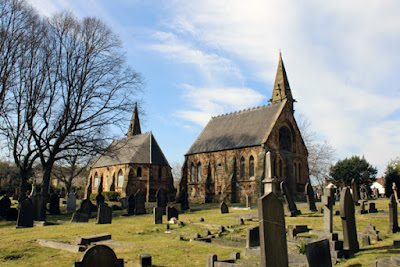During our exploration of the area between Rawmarsh and Swinton to date, my next door neighbour Dan and I had encountered some interesting geology and archaeology, as well as the fine sculpture in Birch Wood.
Now on the Oaks Rock, which forms a significant local landform, it is the underlying Swinton Pottery Coal and its seatearth – composed of fireclay and pot-clay – which were essential to the Swinton pottery industry, established c.1740
Arriving at the remains of the Rockingham Pottery, which had an international reputation and is now a Scheduled Monument, we only had a very brief look at the lodge and various ponds, which are considered to be former brick pits.
Much to my great dismay, I noted that the brickwork on the upper part of the Rockingham Kiln was full of saplings, which just reinforced my opinion that Rotherham MBC just don’t seem to care about the heritage assets that fall within the borough.
The Historic England listing, the 1855 Ordnance Survey map and the British Geological Survey memoir for the Barnsley district all refer to coal, clay and sand pits in the immediate locality; however, there is no indication where these may be and LIDAR coverage is not available here.
Leaving the Rockingham Pottery, we headed up to the Woodman Roundabout to buy a drink but, before doing so, I went to have a close look at the monument to the Rockingham Pottery, made in Cadeby limestone and charred recycled oak by Lewis Morgan and Dan Jones.
On this occasion, we didn’t investigate Three Corned Plantation - the triangle of land between Blackamoor Road and Warren Vale - which was one of the sources of clay that was found on Swinton Common, or the sites of the old coal pits in Creighton Woods.
Making our way along the path that runs parallel to the course of the stream, we then headed towards Wentworth Road and, after eventually finding the path, encountered another section of the Roman Rig in Chain Bar Plantation, where we also found many lumps of crozzle.

























































